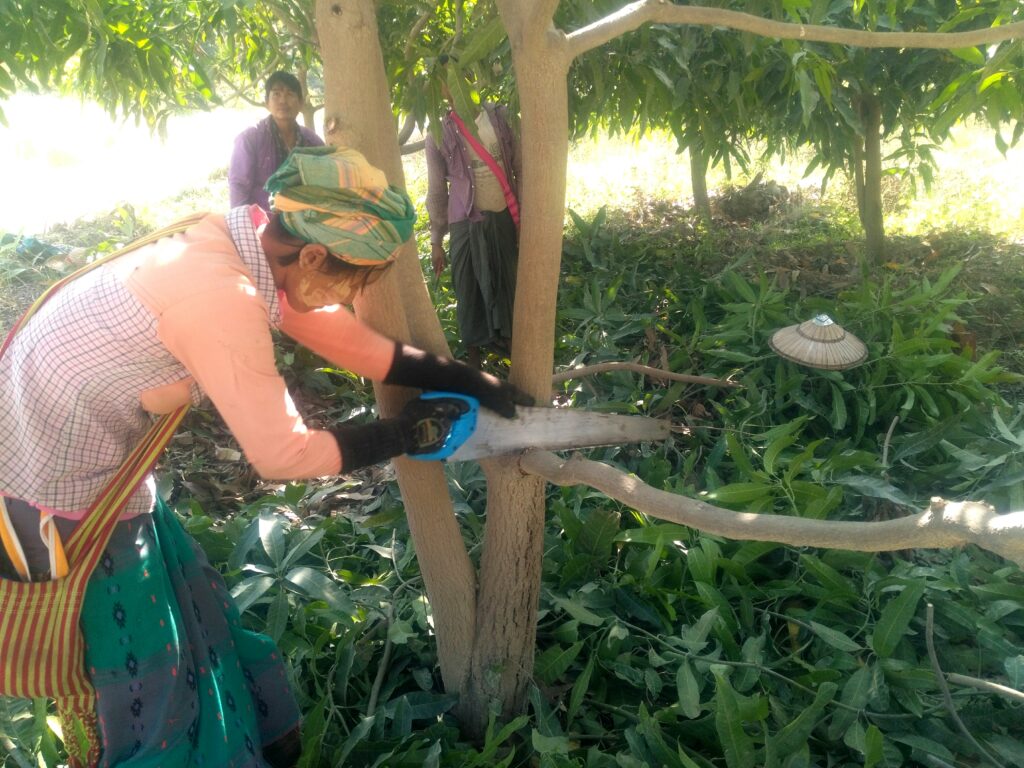Mango farming

Working with small-scale farmers
Improve agricultural practices, e.g., mulching, pruning, soil erosion management and nutrition, integrated pest management
Implement climate smart practices, e.g., water use and management, plant shade trees
Improve processing, e.g., provide training, post-harvesting, value adding (e.g. drying mango)
Encourage environmentally friendly practices such as upcycling waste to produce a fish-based fertiliser
Help farmers to get and maintain certification. e.g., provide extension support, assist with paperwork and financial management, GAP
Private mango farm
My farm is very quiet, away from the city stresses, in Han Myint Mo village, Kyaukse Township, Mandalay. Mango trees are planted in neat rows on the flat fertile lands with plenty of water from the mountain stream that runs through my farm.
I have set up an irrigation system to ensure each tree is well watered.
Most of the fruit trees were planted in 2005 when I took over the farm. My mangoes are very healthy,
well cared for and extremely productive.

